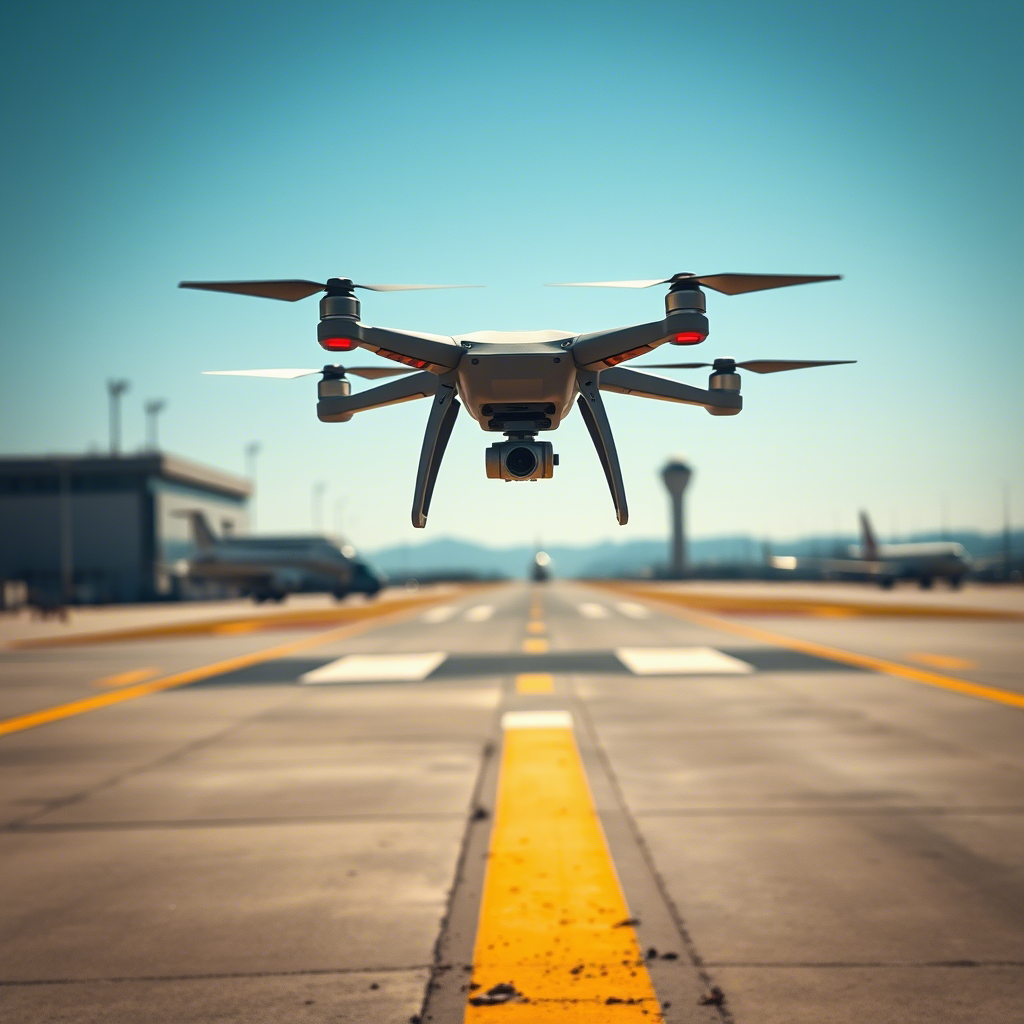Key points for storing agricultural drones during the idle period
Proper Storage Practices for Agricultural Drones During Idle Periods
When agricultural drones are not in use for extended periods, proper storage prevents component degradation, battery damage, and mechanical issues. Following these guidelines ensures the drone remains operational when fieldwork resumes.
Battery Management for Long-Term Storage
Lithium-based batteries, commonly used in drones, require careful handling during inactivity. Discharge the battery to 40–60% of its capacity before storage, as fully charged or depleted batteries degrade faster. Store batteries in a cool, dry place away from direct sunlight, ideally at temperatures between 15–25°C (59–77°F).
Check stored batteries monthly for physical changes like swelling, leaks, or unusual heat. If any issues arise, isolate the battery and consult a professional for safe disposal or repair. Avoid storing batteries in vehicles or sheds, where temperature fluctuations can accelerate aging.
Cleaning and Drying the Drone Before Storage
Residual moisture, dirt, or agricultural chemicals can corrode components over time. Use a soft brush to remove loose debris from the frame, motors, and sensors. Wipe the exterior with a damp cloth, avoiding electronic connectors or openings. For stubborn grime, lightly dampen the cloth with isopropyl alcohol, which evaporates quickly and leaves no residue.
Dry the drone thoroughly after cleaning, especially if exposed to rain or dew. Use compressed air to blow out water from hard-to-reach areas like motor bearings or gimbal joints. Ensure no moisture remains trapped inside the frame, as this can lead to mold or electrical shorts.
Protecting Sensitive Components from Environmental Damage
Electronic systems are vulnerable to humidity and dust during storage. Place desiccant packets inside the drone’s battery compartment and payload bay to absorb excess moisture. If the drone has removable propellers, store them separately in a sealed container to prevent warping or dust accumulation.
Cover the drone with a breathable fabric or dedicated storage bag to shield it from dust while allowing air circulation. Avoid plastic covers, which trap moisture and promote condensation. For drones with exposed cameras or sensors, use protective caps to prevent scratches or lens fogging.
Maintaining Mechanical Parts to Prevent Seizing
Motors and moving joints require periodic maintenance to avoid stiffness. Rotate the propellers manually every 4–6 weeks to distribute lubricant evenly and prevent flat spots on bearings. If the drone has retractable landing gear, extend and retract it a few times to keep mechanisms flexible.
Apply a light coat of silicone-based lubricant to metal hinges or gears, wiping away excess to avoid attracting dust. Avoid using petroleum-based products, which can degrade plastic components over time.
Storing the Drone in a Safe, Climate-Controlled Location
Choose a storage area with stable temperatures and low humidity. Basements or garages are often unsuitable due to temperature swings and pest activity. Instead, opt for an indoor closet or dedicated shelf away from chemicals, solvents, or corrosive materials.
Elevate the drone off the ground to protect it from flooding or pests. If storing multiple drones, space them apart to ensure proper airflow and prevent collisions if accidentally bumped. Label storage containers clearly to avoid misplacing parts or accessories.
Periodic Inspection During Storage
Even in storage, drones require occasional checks. Every 6–8 weeks, inspect the frame for cracks, loose screws, or pest damage. Test the battery’s charge level and recharge it to 40–60% if it drops below 20%. Power on the drone briefly to verify that sensors and communication systems function correctly, then power it down and resume storage.
By adhering to these practices, agricultural drone operators can preserve their equipment’s reliability and extend its service life, ensuring readiness for the next planting or spraying season.

